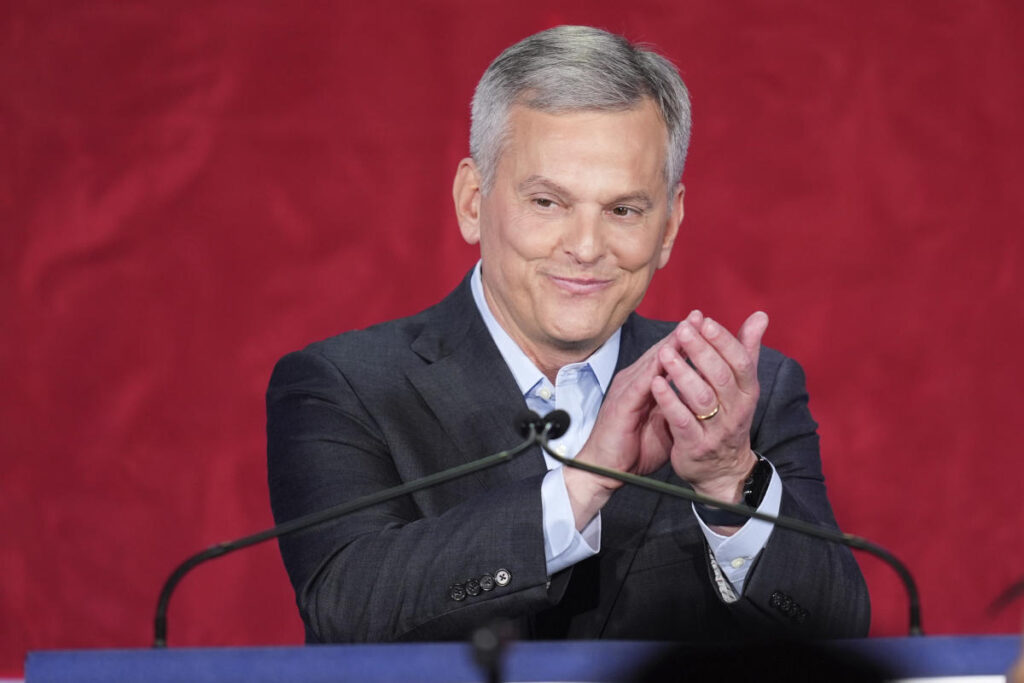In the recent presidential election, Democrats faced challenges in North Carolina, with Donald Trump winning by over 3 percentage points against Vice President Kamala Harris. Despite this setback at the national level, Democrats celebrated notable downballot victories, winning crucial races for governor, attorney general, and the state legislature. This outcome reflects North Carolina’s history of ticket-splitting, where voters prefer Democratic leadership for state positions but lean towards Republicans in national elections. Governor Roy Cooper, a key figure in the Democratic party, pointed to the quality of Democratic candidates and the electorate’s discernment in choosing wisely against hardline right-wing contenders.
The election saw Attorney General Josh Stein successfully securing the governorship, defeating Republican Lt. Gov. Mark Robinson. Stein’s success was attributed to his substantial fundraising advantage and strategic campaigning that highlighted Robinson’s controversial history on key issues such as abortion and LGBTQ+ rights. This victory marked a continuation of Democratic success in gubernatorial races, as they have won eight of the last nine contests, sharply contrasting Republicans’ success in presidential elections. Democrats also saw their winning streak in various state offices, including a significant victory in the state school superintendent’s race, emphasizing a broader appeal against perceived extremism in Republican choices.
State Democratic Party Chair Anderson Clayton acknowledged the mixed feelings among party members, celebrating downballot progress while grappling with the presidential election loss. Republicans still maintain considerable power, having secured several statewide executive positions and holding control of the General Assembly. While some party leaders portray North Carolina as a Republican stronghold, election experts caution against underestimating the evolving political landscape, noting that recent actions such as redistricting have influenced electoral dynamics.
Republican leaders expressed confidence despite facing setbacks, focusing on their retention of a veto-proof majority in the state Senate and continued dominance in statewide appellate courts. Still, criticisms of Robinson’s campaign surfaced following his failure to engage with voters effectively and his distancing from Trump as a result of damaging reports about his past. These challenges raised questions about the overall GOP strategy and the implications for future elections, particularly the upcoming gubernatorial race.
The communication between party leadership and candidates became a focal point of discussion, with some blaming a disjointed party response for their underwhelming performance. Robinson, amidst his controversies, pointed to a lack of support from party officials during critical moments of his campaign, encapsulating a broader sense of frustration among some Republican factions. The GOP faces a significant test in 2026, as U.S. Senator Thom Tillis will be up for reelection, and Robinson’s potential future candidacy looms.
Meanwhile, Democratic leaders are focused on the road ahead, aiming to capitalize on their recent successes. Clayton emphasized the urgency of grassroots organizing, starting with recruiting candidates for upcoming municipal races and ensuring robust support for incumbents. With aspirations of challenging for U.S. Senate seats in the near future, Democrats understand the importance of laying a solid foundation for the elections in 2026 and 2028. Political analysts suggest that while progress has been made, sustained efforts are necessary to navigate challenges and capitalize on shifts in the electorate’s preferences.

